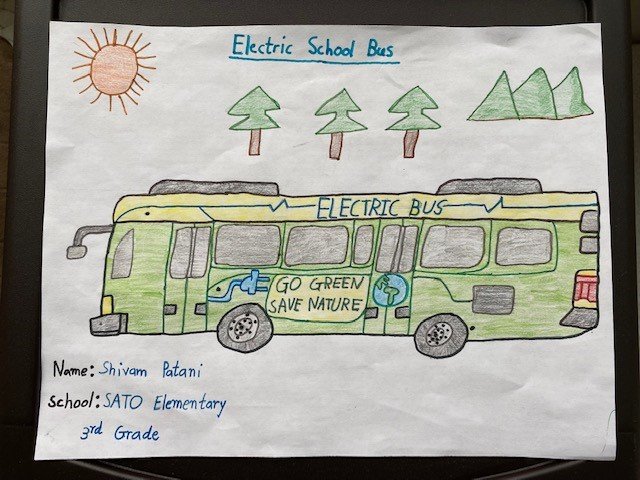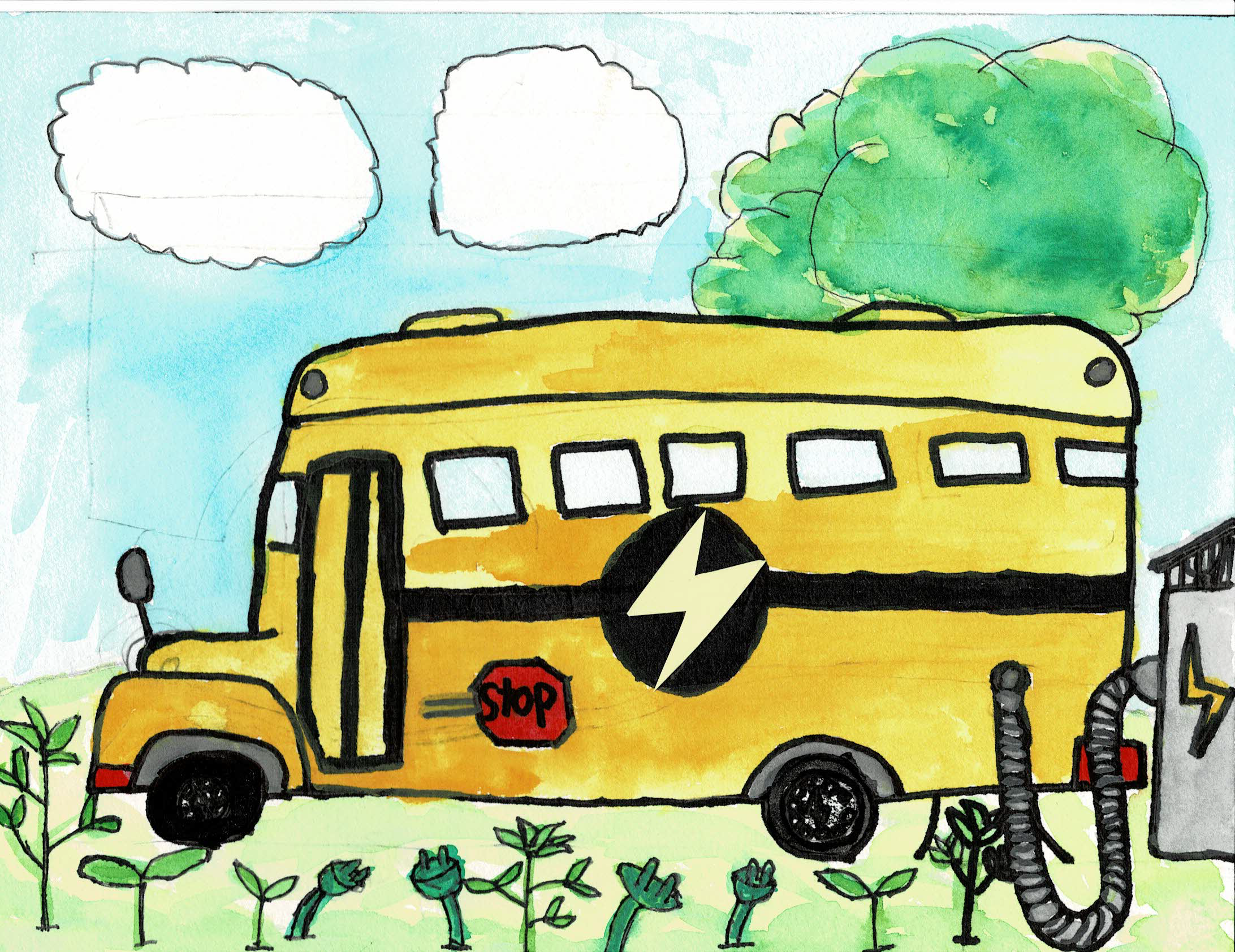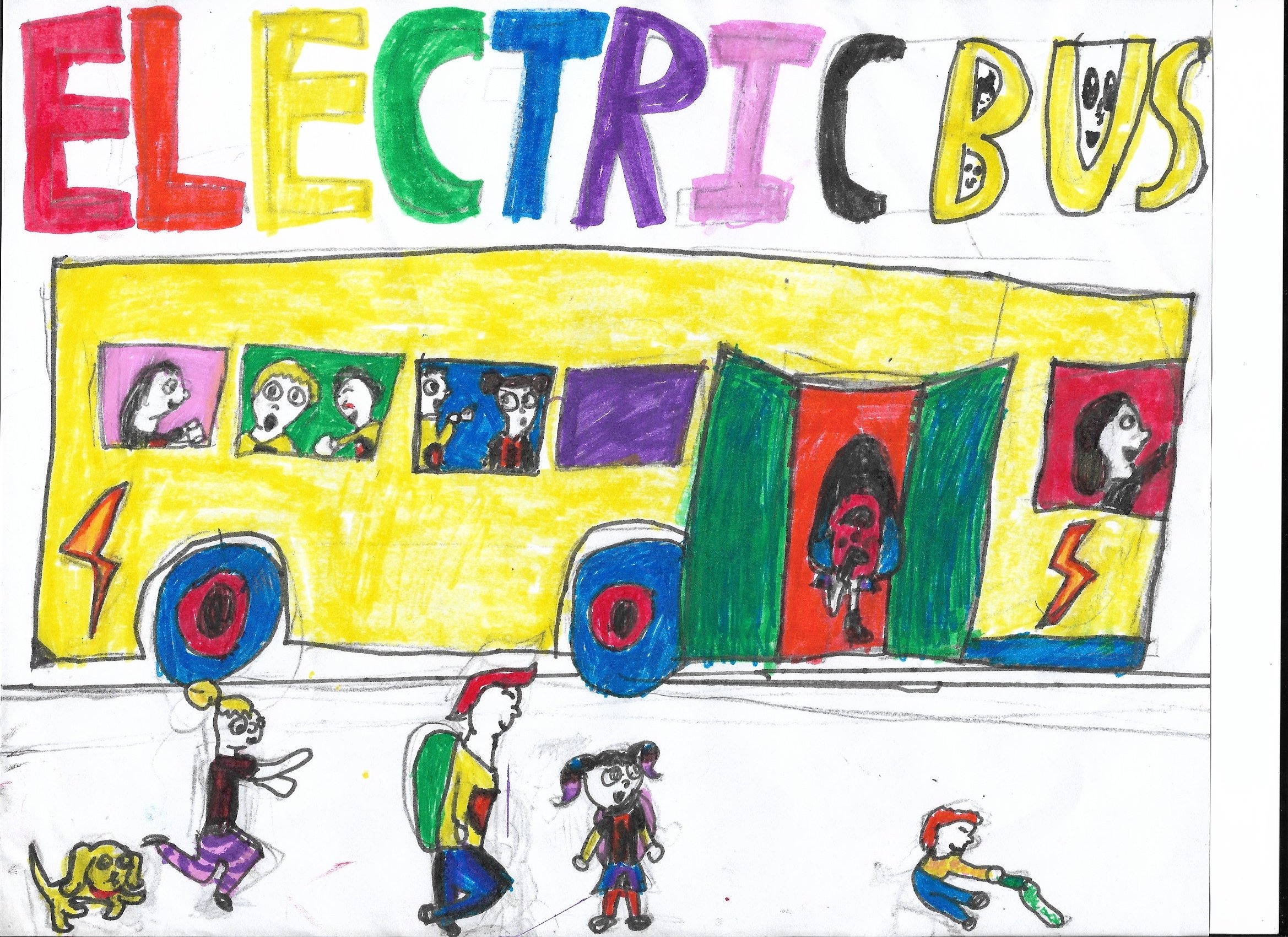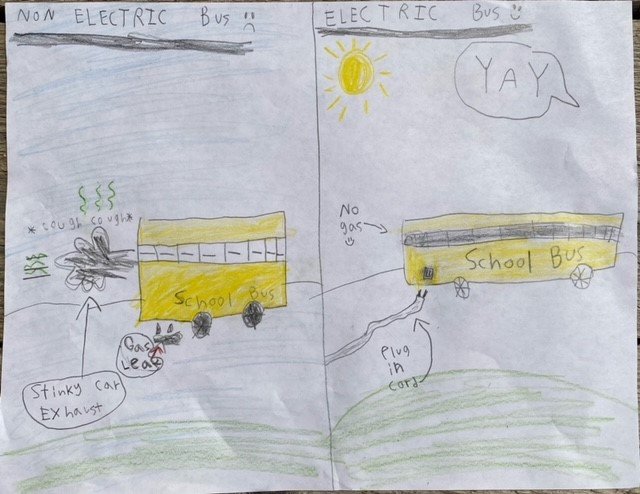Oregon Department of Energy Launches Electric and Alternative Fuel School Bus Cost Tool and Guidebook
SALEM — The Oregon Department of Energy has launched a new cost analysis tool and guidebook for Oregon school districts interested in adding zero emission buses to their fleets.
The Electric and Alternative Fuel School Bus Lifecycle Cost Analysis Tool analyzes different fuel types for school buses and summarizes the estimated costs for different alternative fuel buses—including electric, propane, natural gas, and different types of diesel. Having simplified access to this information can be useful for school districts planning transportation budgets and goals.
School buses powered by electricity reduce greenhouse gas emissions and other air pollutants, reduce noise pollution, and protect the health of students, drivers, and communities. ODOE’s 2020 Biennial Energy Report shared that transportation accounts for 40 percent of Oregon’s greenhouse gas emissions, and by adopting electric vehicles, lifecycle emissions can be reduced by 65 to 95 percent.
Paired with the cost analysis tool is the Guidebook to School Bus Electrification, with information, recommendations, and financial resources (such as Public Purpose Charge funding) for Oregon school districts looking to add electric and alternative fuel buses to their fleets.
Six school districts in Oregon have already deployed or are in the process of procuring electric school buses. The first Oregon school district to begin running electric buses was Beaverton School District, so ODOE invited Beaverton third graders to help illustrate the guidebook. The agency held a contest and received more than 20 submissions from the district’s third grade classes with images illustrating thriving communities with electric buses, people, animals, and schools! Be sure to check out the tool, guidebook, and its colorful artwork on ODOE’s Government and Fleets webpage.
“Electric school buses are an important tool for Oregon to meet our greenhouse gas emission reduction goals and do our part to fight the effects of global climate change,” said Jessica Reichers, ODOE’s Technology & Policy Manager. “But these e-buses also offer benefits for local communities because they use less energy, reduce local air pollution, and provide a cleaner ride for kids and drivers.”
The cost analysis tool and guidebook were developed through a multi-agency partnership, including ODOE, the Oregon Department of Transportation, the Department of Environmental Quality, the Public Utility Commission, the Department of Education, and the Department of Administrative Services. This partnership is part of a larger effort stemmed from Executive Order 17-21, which directed state agencies to accelerate zero emission vehicle adoption in Oregon to reduce greenhouse gas emissions.
A similar tool for transit buses, developed by ODOT in collaboration with ODOE, is available to assess the costs and benefits of electric transit bus options.
Learn more about how ODOE’s work supports the use of alternative fuels like electricity and biofuels, zero-emission vehicle technology, and policies that decrease carbon emissions.
Beaverton School District Cover art submissions:






















